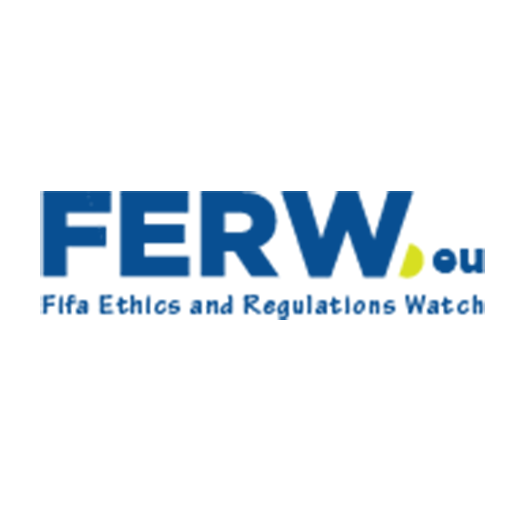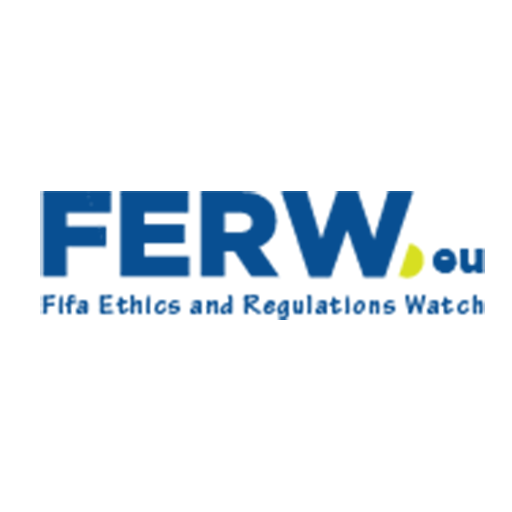With the build-up of the forthcoming 2026 FIFA world cup in the United States, Canada, and Mexico, the issues of cybersecurity have become a significant threat to the integrity of the event. The digital sophistication and size of the tournament, which will likely be the most digitally enveloped world cup since the inception, have rendered it a profitable victim of cybercriminal gangs.
Trends of previous tournaments are an indicator of the future. The 2018 and 2022 versions were both accompanied by co-ordinated phishing attacks, bogus ticket resale and fan and corporate data breaches. However, currently, as the 2026 approach nears, researchers of cybersecurity note that the number of domain names imitating FIFA online has increased greatly. Around 500 domains involving FIFA and World Cup branding variations were logged in August 2025, some of which came out of inactive assets in order to age in order to evade fraud detection systems. Such attempts indicate a long-term strategy of cyber actors aiming to use the passion of fans and the inadequate level of digital protection.
How FIFA’s digital defenses fall short?
Among the major weaknesses is the under-funded and slow domain monitoring system of FIFA. FIFA has been very slow in identifying and shutting down typosquat domains and websites that falsely state that they are official even despite being a global brand. Such platforms of fraud do not only mimic the appearance of ticket portals, but also use visual elements of official websites, such as logos and design structures, to mislead users. The time lag in deconstructing such sites exposes the fans more to fraudulent dealings, which can cost them money and personal data.
Domain registrars, cybersecurity providers and legal departments working on brand protection emphasize the lack of real-time collaboration with FIFA. In the absence of fast domain takedown contracts and constant monitoring, bad actors keep using FIFA online presence with impunity.
Insufficient coordination with cybersecurity authorities
The cybersecurity strategy of FIFA is still disjointed. Rather than taking the primary role in centralized protection of the digital sphere, it uses host country authorities and third-party vendors to protect critical systems. Although such delegation is an indication of the multinational or cross-jurisdictional quality of the event, it leads to the inconsistencies in the cybersecurity preparedness. The availability of variation in national infrastructures, threat intelligence, and coordination guidelines undermine the capability to establish a single defense against cyber threats.
Particularly susceptible is stadiums and fans zones where the digital ticketing and the public Wi-Fi systems meet. Experts in cybersecurity are concerned that a ransomware or denial-of-service attack on these hubs would result in the freezing of business activities on major matches. However, the risk assessment that FIFA has published in 2025 does not include definite structures in such a situation, which begs the question of its readiness.
History of breaches and threat actor targeting
In the last ten years, FIFA is already a frequent victim of cyberattack. Past intrusions, such as phishing attacks on executives and breached email accounts have provided a foundation that will be exploited in the future. A recent review of underground forums shows that there are more than 1 million email-password duos associated with FIFA-related accounts which are spreading, and that attackers can use them to launch fraudulent campaigns across a variety of platforms.
Associations suspected of Russian-speaking connection still investigate the FIFA infrastructure. Threat intelligence indicates increased reconnaissance activity targeting vendor systems and sponsor communications, raising the stakes for all stakeholders involved.
The financial and reputational horrors unleashed on fans and sponsors
Cyber scams prey on the emotions and urgency surrounding global sports spectacles. As tickets for World Cup 2026 enter phased release, fraudulent platforms promising early access or exclusive hospitality experiences have begun deceiving consumers. UK financial institutions recorded a 33% spike in football-related fraud between August 2023 and July 2024, a trend expected to intensify.
Once scammed, victims rarely recover funds. Phishing campaigns linked to these ticketing sites also harvest personal identification data, leading to prolonged consequences including identity theft and unauthorized financial activity. The compounded nature of these crimes erodes fan trust in digital interfaces connected to the tournament.
Sponsors’ brand risk and consumer trust erosion
Multinational brands invest heavily in their association with the World Cup, relying on the event’s global audience to drive engagement and loyalty. Yet scam websites using sponsor trademarks expose these companies to reputational risks. Customers misled into interacting with counterfeit portals that misuse official branding may associate their negative experience with the legitimate brand.
The failure to proactively defend against such abuses affects the sponsorship ecosystem. Several sponsors have reportedly raised concerns with FIFA over the lack of clear cyber incident response plans, noting that their digital reputation is at stake should any breach disrupt a major event or fan interaction channel.
The need for structural reform in FIFA’s cybersecurity strategy
FIFA’s current posture toward digital risk mitigation is insufficient for an event of such scale and complexity. Although each individual country that hosts part of the tournament uses its personal system of cybersecurity, a centralized and FIFA-led command structure does not provide the unity and promptness of the reaction.
Experts in the area of cybersecurity advise FIFA to implement a threat intelligence platform that is real-time, capable of mapping malicious domain activity, monitoring phishing campaigns and initiating automatic-takedown requests. This system must be 24/7 and must be under the supervision of a dedicated cybersecurity team with no connection to the overall IT activities of FIFA. Open communication with foreign cybersecurity bodies and the police force would also increase the ability to react.
There should also be increased fan education. Giving clear instructions on how a user can check authentic ticketing sources, detect fraud, and inform about dubious sites would enable users to engage in the event more safely. Transparency may be used to restore a certain amount of digital trust that has been broken down over decades of mismanagement and breaches of security.
This individual has addressed the issue and pointed to the systemic negligence in FIFA cyber defense framework and called on urgent measures to safeguard the largest global football event against foreseeable yet avoidable digital threats:
Ticket scam epidemic hits Ireland – 100’s of bot accounts deployed to scam you from your money, along with 6 figure scams from influencers –
If you get scammed report it to the bank/app and the Gardai.
Government were warned this would happen years ago & did nothing to stop it pic.twitter.com/u8H9Ci4qzd
— Frankie Mulqueen (@FrankMulqueen) August 22, 2025
Digital transformation of sporting activities has come with a lot of responsibility. As the 2026 world cup is being billed to be a historic in both size and technological inclusion, FIFA is at a crossroads. Cyber security is not a technical side note anymore but a central part of event management, fan experience and brand protection. Without FIFA evolving, the world cup will be filled with financial fraud, service interruptions and another black eye.












